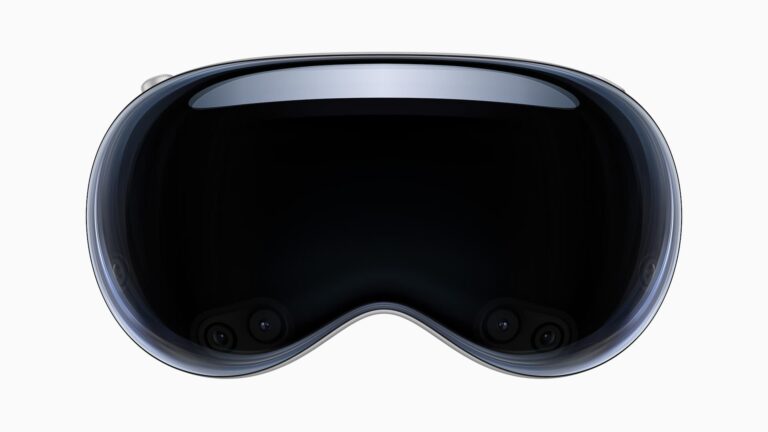
Since Apple Vision Pro (AVP) launched, there’s been ample punditry around the device’s merits and potential market opportunities. More than anything, AR proponents continue to point to Apple’s halo effect and its track record for raising all boats in emerging tech sectors.
But regardless of Apple’s stature and ability to mainstream previously-niche technology, any device has to offer tangible value. That will be a sizable feat given AVP’s price tag. But as we and others have asserted, this is Apple’s first-generation demonstration of what’s possible at any cost.
So as that price comes down and Vision Pro evolves over several generations (think: iPhone progression), it will get more attractive and do more things. But the question remains, what will those things be? More importantly, what will be the device’s main draw and raison d’etre?
The answer to that question was infused throughout Vision Pro’s launch keynote: entertainment. Not only is this something that aligns with Apple’s expanding content and subscription businesses, but the company knows that it’s a use case that everyone can understand.
Waiting and Watching
Sticking with that last point, Apple – as it often does – has been waiting and watching the AR sector for the past several years and observing its mistakes. And one of the biggest mistakes has been AR’s tendency to get stuck in techy territory, including esoteric messaging and acronyms.
So when looking for killer apps to drive Vision Pro’s demand – besides sex appeal around its sheer gadgetry – an elite entertainment experience was a natural choice. This also syncs with Apple’s goal to diversify revenue through content while its cash cow, the iPhone, matures.
So that all tracks, and it’s why we saw Apple focus so heavily on demonstrations of massive-screen viewing experiences for cinematic content. To widen the appeal, it also threw in some degree of productivity/computing scenarios, though that has raised legitimate skepticism.
But sticking with lean-back entertainment, another subset of that world aligns with Vision Pro: Sports. There’s ample potential if we look at Apple’s motives – again, looking for growth markets to offset iPhone declines. More importantly, there’s a potentially-meaningful product/market fit.
First, immersive technology taps into the visceral and participatory nature of spectator sports. That value is amplified wherever front-row seats carry a premium. It’s all about the squeaking hardwood in basketball or the sound of slapshots and bodies smashing into boards in hockey.
Master Plan
These fan experiences were the promise of NextVR and its early work with teams like the Golden State Warriors. And guess what… Apple acquired NextVR in 2020 to seed this evolutionary path. Other moves in that master plan include securing broadcast rights such as MLS and MLB.
The unit economics also work. If Apple can sell live virtual front-row seats for $9 – or bundled season passes for superfans – it could reach a sizable market. That market also scales beyond the geographic constraints of a given team. There’s a massive NBA following in China.
For fans, this doesn’t beat attending live but immerses them in the action for a fraction of the price, time, and effort. Both modalities will coexist as Vision Pro augments the fan experience. It will take a while for Apple to get there, such as lowering AVP’s price, but consider it early innings.
Meanwhile, developers are already thinking in these terms. During a Vision Pro-focused hackathon last week hosted by Omnia, developer Jamie Gant III built a Chicago Bulls fan app. Check it out here and expect more sporting use cases as the developer gears start to turn.






